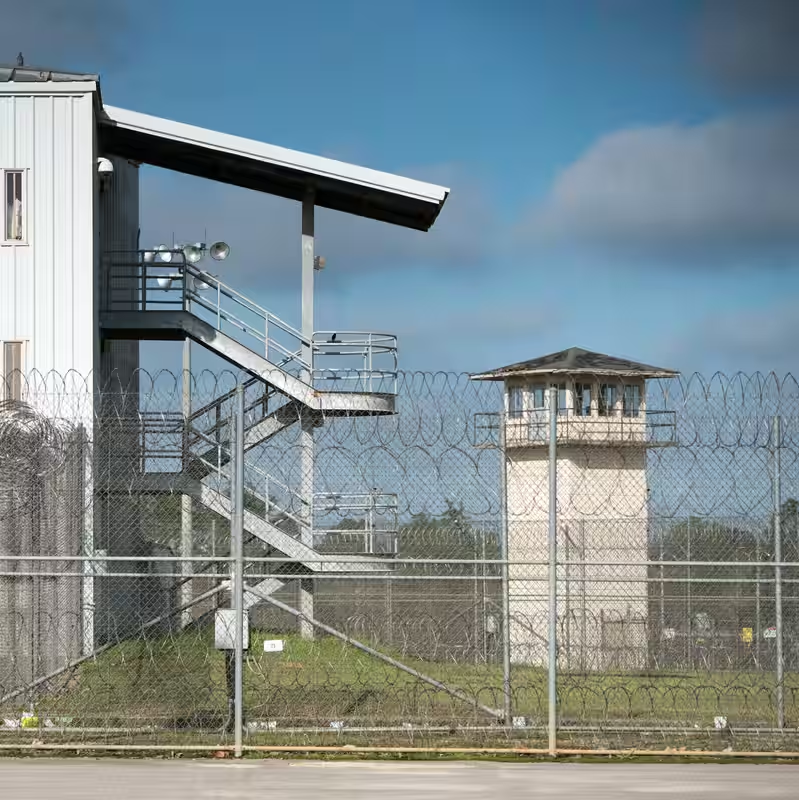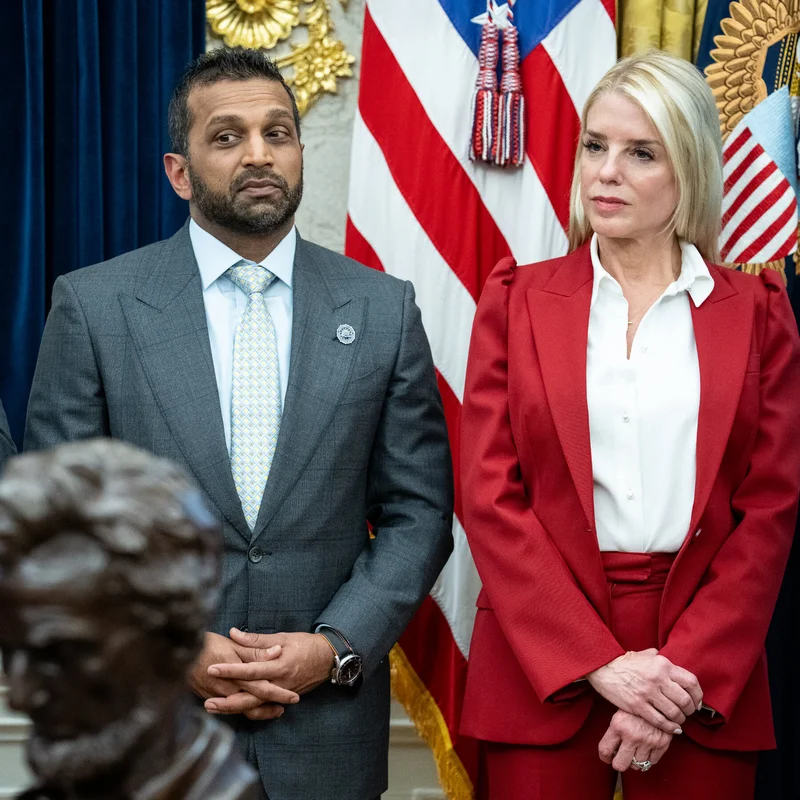Table of Contents
- What Is Nitrogen Hypoxia?
- The Anthony Boyd Execution
- Witnesses Describe Gruesome Scene
- Supreme Court Dissent and Legal Fallout
- Rising U.S. Executions in 2025
- Sources
What Is Nitrogen Hypoxia?
Nitrogen hypoxia is an execution method that replaces breathable oxygen with pure nitrogen gas, causing the subject to suffocate without the sensation of choking—in theory. First used in the U.S. by Alabama in January 2024, it was pitched as a more humane alternative to lethal injection amid nationwide shortages of execution drugs.
However, real-world outcomes have raised serious ethical and legal concerns. Unlike lethal injection, which uses a controlled sequence of drugs, nitrogen gas execution protocols remain largely opaque, with prison officials refusing to disclose when the gas is administered.
The Anthony Boyd Execution
On Thursday, October 23, 2025, 54-year-old Anthony Boyd became the eighth person executed via nitrogen gas in Alabama. Convicted in 1993 for his role in the kidnapping and murder of Gregory Huguley—a man allegedly owed $200 for cocaine—Boyd had spent over 30 years on death row.
Though Boyd initially chose nitrogen gas over lethal injection back in 2018 when Alabama offered inmates a one-month window to select, he later challenged the method in court, calling it “cruel and unusual punishment.” His final plea was denied by the U.S. Supreme Court just hours before his execution at the Holman Correctional Facility in Atmore.
Witnesses Describe Gruesome Scene
Eyewitness accounts paint a harrowing picture. According to journalist Lee Hedgepeth, Boyd gasped for air more than 225 times over a 19-minute period before being pronounced dead. Reverend Jeff Hood, Boyd’s spiritual adviser and a veteran execution witness, said, “He was sitting there, suffocating, trying to breathe for 19 minutes.”
Hood, who also witnessed Alabama’s first nitrogen execution of Kenneth Smith in January 2024, remarked that Boyd’s death “made Kenny’s look tame.” Prison Commissioner John Hamm acknowledged it was the state’s longest nitrogen execution to date but insisted it followed protocol.
Supreme Court Dissent and Legal Fallout
The Supreme Court’s refusal to halt the execution drew a fierce dissent from Justice Sonia Sotomayor, joined by Justices Elena Kagan and Ketanji Brown Jackson. In her statement, Sotomayor urged the public to “open the stopwatch app on your phone and run it until it reaches four minutes. Now imagine for that entire time, you are suffocating.”
She labeled nitrogen hypoxia a “cruel form of execution” and warned that continuing its use violates the Eighth Amendment. Legal experts say this case could reignite national debate over execution methods and potentially lead to federal court challenges.
Rising U.S. Executions in 2025
Boyd’s execution marks the 40th in the U.S. this year—the highest number since 2012, according to the Death Penalty Information Center. Florida leads with 14 executions, while Alabama, Texas, and South Carolina have also ramped up capital punishment.
South Carolina has revived the firing squad, executing two inmates this year. Meanwhile, Louisiana joined Alabama in using nitrogen gas in March 2025. Three other states—Mississippi, Oklahoma, and Idaho—have approved the method but not yet implemented it.
The surge coincides with renewed pressure from the Trump administration, which on its first day back in office directed the Justice Department to push state prosecutors to seek the death penalty in all capital cases.




